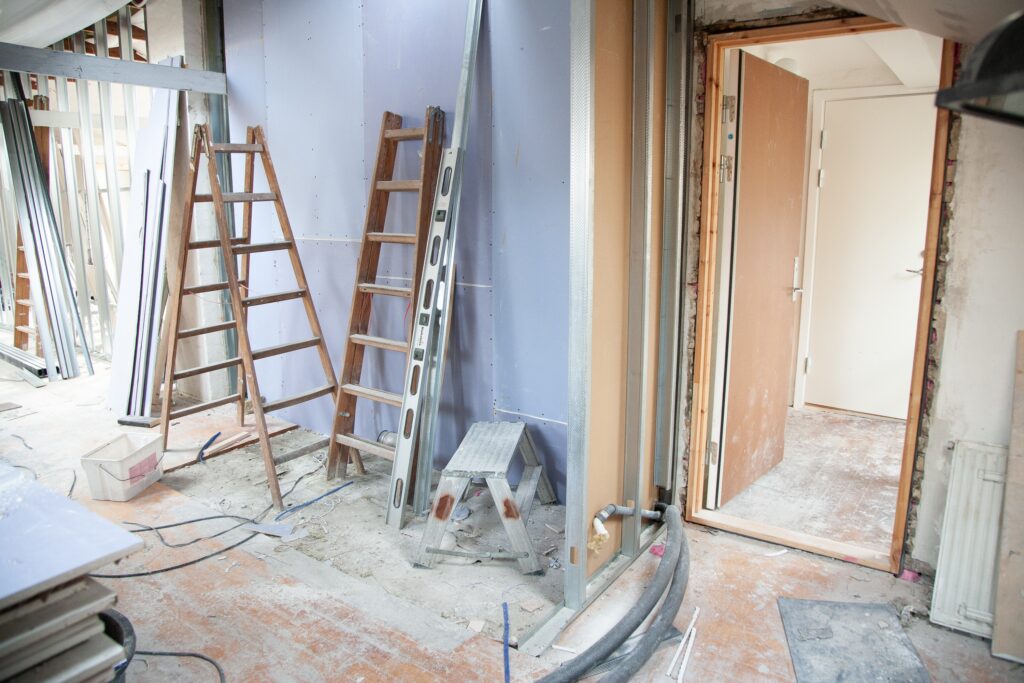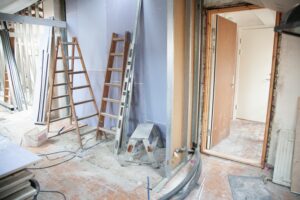New build homes save homeowners more than £3000 a year on energy bills, whilst upgrading an older home to the same standard can be very expensive.
-
Around 85% of new build houses and flats have an Energy Performance Certificate rating of A or B, compared with just 4% of existing older homes
-
More than half of homebuyers are now factoring running costs into their purchasing decision
-
The HBF is calling on lenders to introduce green mortgages that take into account the energy efficient properties of new homes.
-
It could cost £70,000 to upgrade the average three bedroom semi-detached home to match the energy efficiency level of new builds
The cost of running a home has become one of the most widely discussed topics in recent months, with Google searches for the term ‘energy bill’ increasing by more than 800% in the last year.
So it’s unsurprising that improving the energy efficiency of our homes and reducing bills has become an increasing priority for homeowners and those looking to buy their first property.
Buying a new home vs upgrading an old one
The UK has one of the oldest and most inefficient housing stocks in the world, with nearly three quarters of our homes built before 1980.
Much of the conversation around ways to reduce energy usage has been dominated by quick wins and fast fixes.
This could be using draught excluders, swapping out baths for showers and switching off electrical appliances rather than leaving them on standby.
While these measures can help cut your energy bills, it takes a lot more to bring older homes up to modern energy efficient standards.
It generally requires retrofit works, which can’t be done overnight.
They can be disruptive, costly and time-consuming, so aren’t a reasonable option for everyone.
The Get on with living report has found that the average three bedroom semi-detached home would cost £61,500 to upgrade to the current standards new builds are built to.
This figure rises to more than £73,000 when including exterior rendering and guttering.
New-build homes have energy efficiency built in, as they’re designed and delivered according to updated and evolving building regulations.
They also use new technologies and materials, and are built with environmentally-conscious practices to support and encourage natural biodiversity.
How much can you save on your energy bills with a new-build home?
As a result of this improved efficiency, new-build homes use significantly less energy than their older counterparts.
So new build homeowners see much lower utility bills, on top of the money saved by not forking out for expensive retrofit works.
Our analysis of government data found 85% of new-build homes were awarded an A or B Energy Performance Certificate (EPC) rating last year.
Meanwhile, only 4% of existing dwellings reached the same energy efficiency standard. The most common energy performance certificate rating in the UK is D.
So what does it all mean for your energy bills?
A new-build home will save you an average of £2,600 on energy bills per year.
And our research shows new-build homeowners will save even more when the government’s Energy Price Guarantee increases on 1 April 2023.
From then, we expect new-build owners to save more than £3,100 per year in England and, due to an older housing stock, £3,300 per year in Wales.
Thinking that saving may be due to new builds being smaller than their older counterparts?
The Watt a Save report explored this theory and found that new builds use significantly less energy per square metre over the course of a year.
We also found the new-build homes are larger, with an average floorspace of 90.7 square metres compared to existing dwellings at 84.4 square metres.
What do lower energy bills mean for getting a mortgage?
When considering you for a mortgage, banks take your monthly income and outgoings into account.
With new-build buyers seeing monthly savings of £260 on energy bills, they’re likely to be in a better position to afford monthly mortgage payments than those buying older homes.
However, mortgage lenders don’t currently factor in the energy performance of a home when looking at affordability calculations. A national average energy bill is used instead.
At the Home Builders Federation, they’re encouraging lenders and the government to make changes that’ll support and encourage more people to buy energy efficient new builds.
But in the meantime, choosing a new-build home could still open up your buying options.
House developers offer incentives, like contributing to your deposit or energy bills, and low-deposit mortgage schemes to increase your borrowing options.
Plus, the Welsh government has confirmed an extension of the Help to Buy scheme for buyers of new homes with a minimum EPC rating of B.
Given the cost-conscious and time-precious time we’re living in, it’s no surprise that many homebuyers are opting for the benefits of buying a new-build home so they can get on with living.
If you’d like more information on new-build homes and the schemes and incentives available, visit New Homes – Home Builders Federation.
People living in new-build houses can expect to pay an average of £3,117.85 a year less for gas and electricity once the government’s Energy Price Guarantee ends on 1 April, compared with those living in older less energy efficient homes.
Even while the Energy Price Guarantee remains in place, those living in new build houses are saving around £2,520.73 in annual bills, while those in flats are saving around £1,140.74, according to research by the Home Builders Federation.
The group, which analysed government Energy Performance Certificate (EPC) data, found that 85% of new build houses and flats have an EPC rating of A or B, the top two ratings available, compared with just 4% of existing dwellings.
The study also found that 53% of homebuyers are now factoring in running costs when purchasing a property.
Neil Jefferson, managing director of the HBF, said: “Energy efficient new homes are saving owners thousands of pounds a year in running costs.
“In the face of mounting pressures on households across the country, the energy performance of a home is an increasing motivator for consumers considering a new home purchase.”
The report reflects our own findings that buyers are becoming more value-conscious due to higher mortgage rates, inflation and the cost-of-living squeeze.
Why is this happening?
The conflict in Ukraine has triggered soaring gas and electricity bills, making people increasingly conscious of the cost of heating their home.
The government’s Energy Price Guarantee has kept bills lower than they would have been, but the guarantee is currently due to end in April.
Meanwhile, housing developers are increasingly incorporating energy efficient designs and materials into their properties, making them cheaper to run than retrofitted older homes.
As a result, the average new build home used just 95 kWh of energy per square metre of area in 2022, compared with an average of 252 95 kWh per square metre for older homes.
HBF calls for ‘green mortgages’ from lenders
The HBF is calling on lenders to introduce green mortgages that take into account the energy efficient properties of new homes.
It points out that most mortgage calculations are based on the national average energy bill.
The group argues that with 18% of potential buyers saying the main issue preventing them from purchasing a property is uncertainty over whether or not they will be able to secure a mortgage, factoring in the lower energy bills for new homes would help more people get on to the property ladder.
What’s the background?
Recent research by the Royal Institution of Chartered Surveyors found that not only are energy efficient homes cheaper to run, but they are also outperforming other properties in the current housing market.
Six out of 10 estate agents said homes with high energy efficiency ratings were holding their value despite the overall market slowdown.
At the same time, 40% of estate agents said they were seeing more interest from potential buyers in energy efficient homes.
Meanwhile, four out of 10 sellers attached a price premium to their home if it had a high energy efficiency rating.



